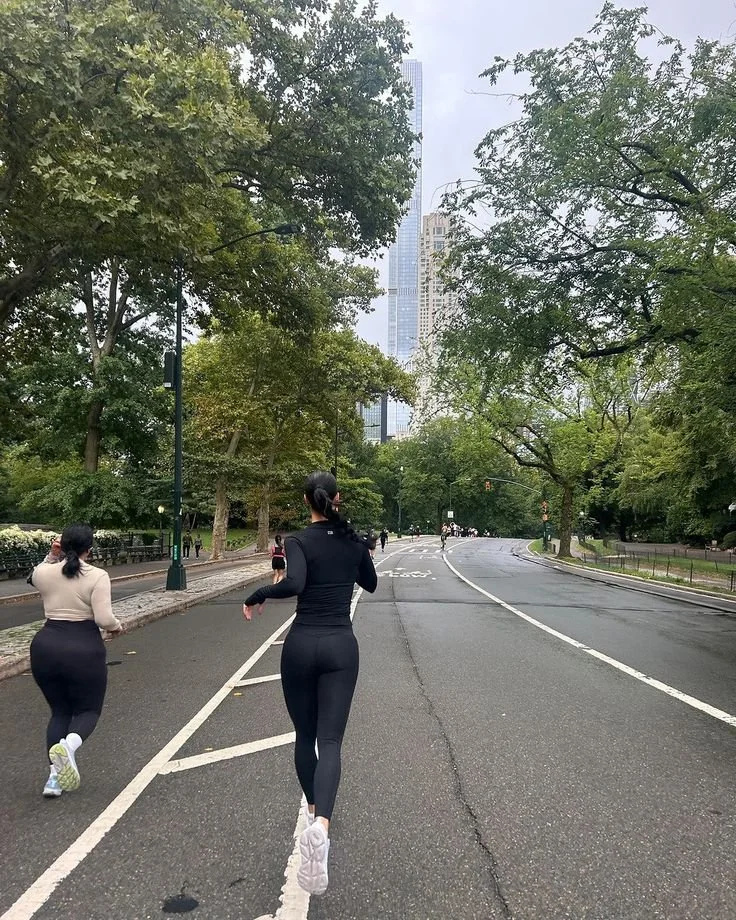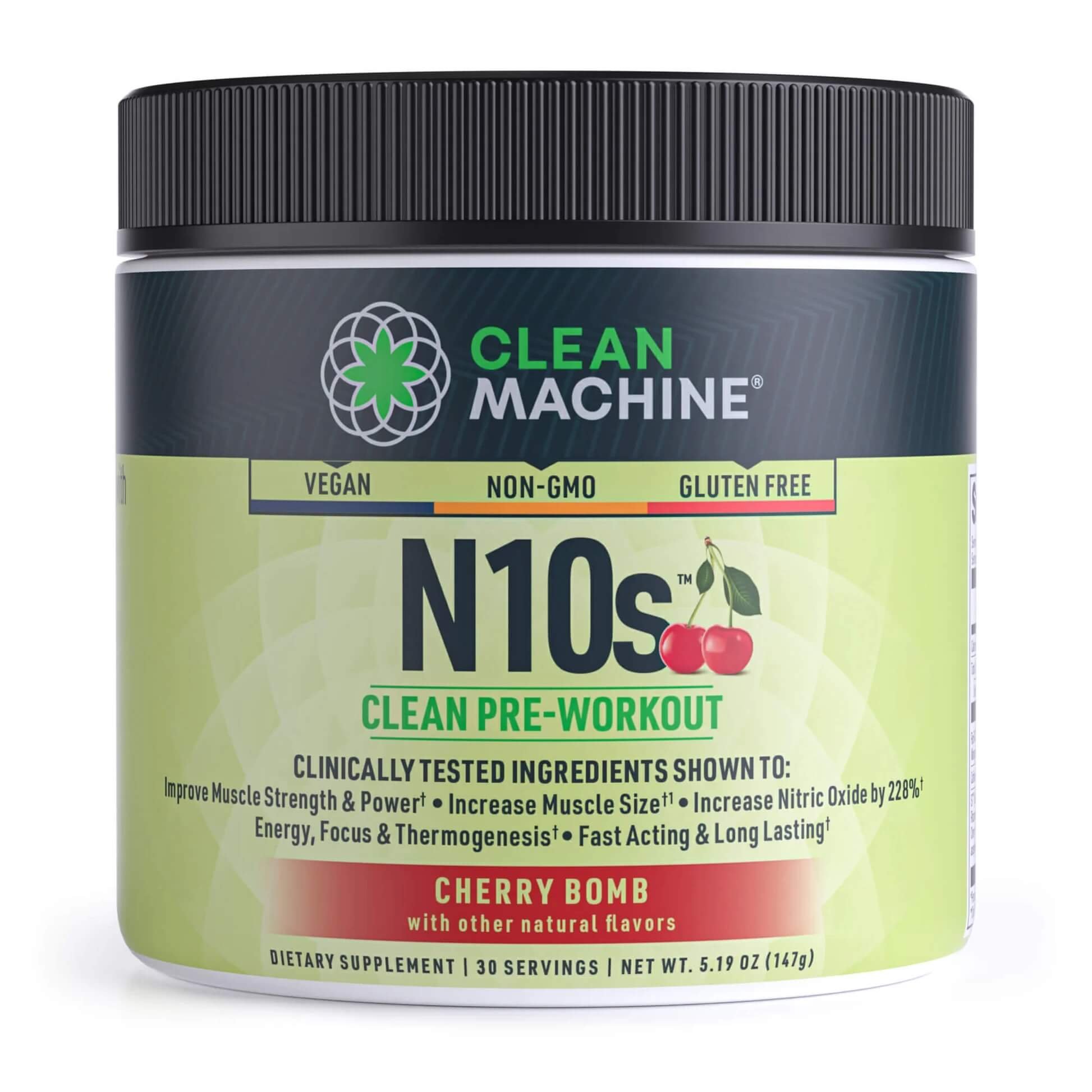Traveling alone as a woman can be one of the most empowering and transformative experiences of your life. It’s a chance to reconnect with yourself, explore new cultures, and build confidence in ways you never imagined.
But solo travel doesn’t mean going it alone. With the right support, community, and curated experiences, it can be safe, enriching, and deeply fulfilling. That’s exactly what Women on the Moves offers—authentic, safe, and life-changing experiences for solo female travelers in one of Europe’s most captivating cities: Barcelona.
In this article, we share why Barcelona stands out as an ideal destination for solo travel adventures. You will discover what you can expect from this vibrant and diverse community, as well as how to become a part of the movement.
No. 1
Why Barcelona Is the Perfect Destination for Solo Female Travelers
Barcelona is a city that speaks to the soul. With its sun-drenched beaches, vibrant art scene, world-class cuisine, and rich Catalan culture, it’s no wonder that it ranks among the top destinations for women traveling solo.
But beyond its beauty and charm, Barcelona is also:
Safe and welcoming – With a strong tourism infrastructure and friendly locals, women can feel secure exploring the city.
Walkable and well-connected – Whether you're wandering the Gothic Quarter or heading to the beach, everything is accessible.
Culturally rich – From Gaudí’s architectural masterpieces to flamenco shows and local markets, there’s always something to discover.
Perfect for connection – It’s easy to meet people, especially when you’re part of a community like Women on the Moves.
No. 2
What Is Women on the Moves?
Women on the Moves is more than just a travel platform—it’s a global community of women who believe in the power of exploration, connection, and personal growth.
Here’s what makes it special:
Trips Designed for Women
Every experience is created specifically for women who want to explore the world on their own terms—without compromising on safety, comfort, or authenticity. Whether you're a seasoned traveler or taking your first solo trip, you’ll feel supported every step of the way.
Authentic Cultural Immersion
Forget the tourist traps. Women on the Moves curates activities that allow you to dive deep into local culture. Think cooking classes with Catalan chefs, artisan workshops, guided art walks, and neighborhood tours led by local women.
Connection and Personal Growth
Traveling solo doesn’t mean being alone. You’ll be matched with a small group of like-minded women who share your curiosity and spirit. Through shared experiences, you’ll build lasting friendships and grow in ways you never expected.
No. 3
How It Works
Women on the Moves makes solo travel simple and stress-free:
Step 1: Choose Your Adventure
Browse curated trips and experiences in Barcelona and pick the one that excites you most.
Step 2: Connect with Other Travelers
You’ll be matched with a small group of women who share your interests and travel style.
Step 3: Enjoy Worry-Free Travel
Everything is organized for you—from accommodations to activities. All you need to do is show up and enjoy.
Step 4: Come Home with Lifelong Memories
And likely, some new friends too.
Tripaneer
Tripaneer invites you to embark on transformative travel experiences that nourish your body, mind, and soul.
No. 4
What Kind of Experiences Can You Expect in Barcelona?
Whether you're seeking adventure, relaxation, or cultural discovery, Women on the Moves offers a wide range of activities tailored for solo female travelers.
Cultural Experiences
Guided tours of Gaudí’s iconic landmarks like Sagrada Família and Park Güell
Visits to local artisan markets and hidden gems in the Gothic Quarter
Flamenco dance performances and workshops
Culinary Adventures
Tapas and wine tasting evenings
Cooking classes with local chefs
Food tours through Barcelona’s best neighborhoods
Wellness and Mindfulness
Morning yoga sessions by the beach
Mindful walking tours through Montjuïc and Ciutadella Park
Journaling and reflection workshops
Creative Workshops
Pottery and painting with local artists
Photography walks to capture the essence of Barcelona
Storytelling circles to share your journey
No. 5
Who Is It For?
Women on the Moves is for any woman who:
Wants to travel solo but doesn’t want to feel alone
Is looking for meaningful, curated experiences in a new city
Values safety, connection, and authenticity
Is open to personal growth and new friendships
Whether you’re in your 20s or 60s, a first-time solo traveler or a seasoned globetrotter, Women on the Moves welcomes you.
No. 6
Safety First: Travel with Confidence
Safety is a top priority for Women on the Moves. All experiences are vetted, and local guides are trained to ensure that you feel secure and supported throughout your journey. You’ll also have access to a community of fellow travelers and a dedicated support team.
No. 7
What Women Are Saying
“Traveling with Women on the Moves was one of the best decisions I’ve ever made. I felt safe, inspired, and connected every step of the way.”
— Ana, USA
“Barcelona was magical, but what made it truly special was the group of women I shared it with. We laughed, learned, and grew together.”
— Clara, Germany
“As a solo traveler, I’ve always been cautious. This experience gave me the freedom to explore while feeling completely supported.”
— Mei, Singapore
Takeaways: Join the Movement
Travel isn’t just about seeing new places—it’s about discovering new parts of yourself. With Women on the Moves, you’ll do both.
So if you’ve been dreaming of a solo trip to Barcelona, now is the time. Step into a journey that’s designed just for you—filled with culture, connection, and unforgettable memories.
Ready to explore Barcelona with confidence and community? Visit Women on the Moves and take the first step toward your next adventure.
Looking for Travel resources?
Looking to embark on a transformative journey to discover new cultures, expand your horizons, and reconnect with yourself? Explore, learn, and awaken your wanderlust with our travel partners designed to support you on your next getaway.























































































































































































